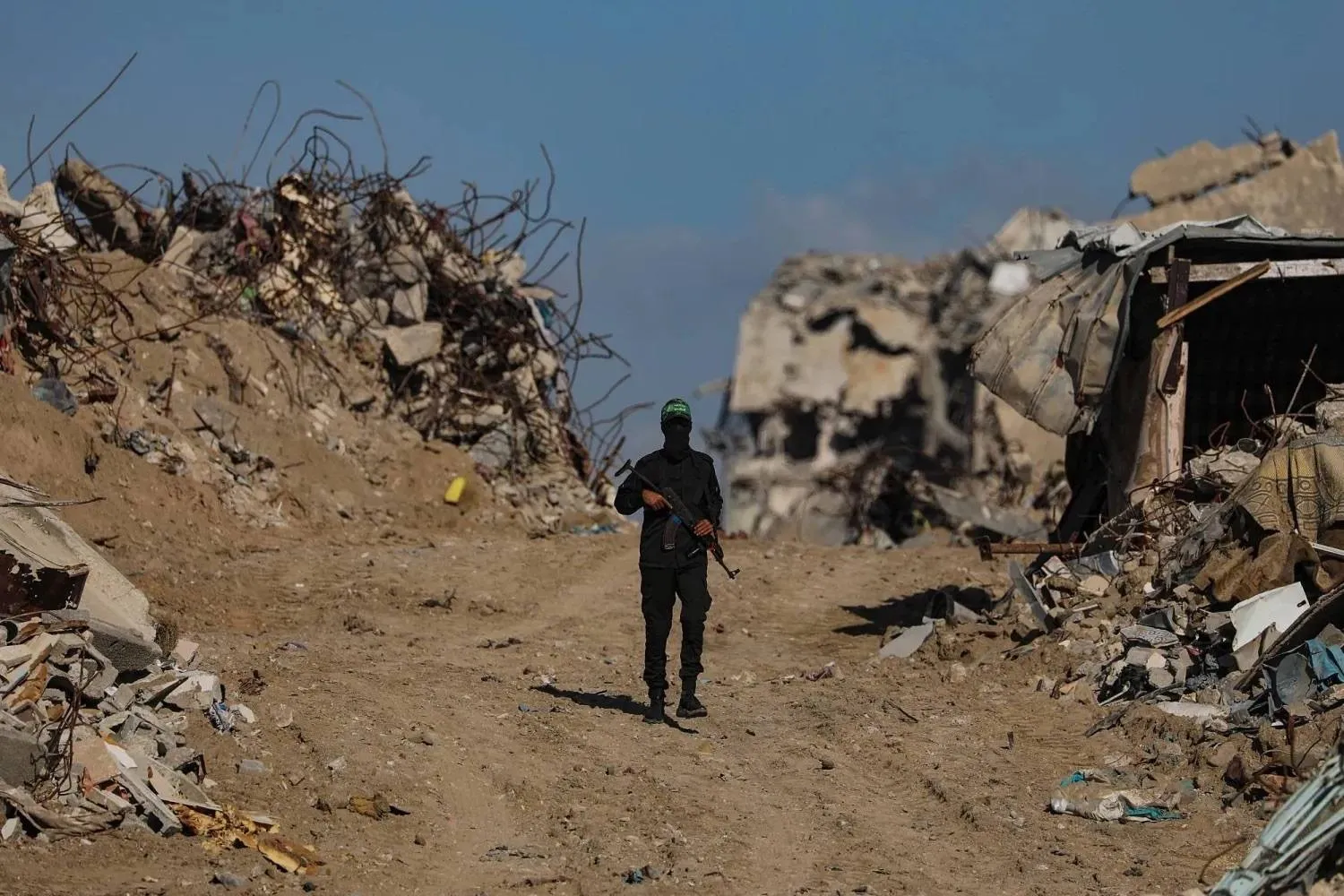The Israeli military said artillery and fighter jet strikes had hit around 40 targets in southern Lebanon on Wednesday as the intense fighting of recent days continued to escalate, with Hezbollah firing dozens of rockets at an Israeli border village.
The Iran-backed Hezbollah and Israel have been waging their worst hostilities in nearly two decades since war erupted in Gaza last October, stirring concern about the risk of a wider and more destructive conflict between the heavily armed foes.
The Israeli military said the strikes in the area of Ayta al-Shaab, about 3 km (1.6 miles) inside the Lebanese border, had hit infrastructure including storage facilities and weapons in an area it said was used extensively by Hezbollah forces.
"There is continuous offensive action by IDF forces in all of southern Lebanon as well as in other parts of Lebanon. The operational results are very impressive," Israeli Defense Minister Yoav Gallant said in a statement following an operational meeting at the military's Northern Command.
He said half of Hezbollah's commanders in southern Lebanon had been killed by Israeli forces.
A Hezbollah official dismissed the assertion as "completely worthless" and aimed only to boost Israeli morale. He said the group regularly published pictures and biographical details of fighters killed in the fighting.
On Wednesday, the movement held a funeral for a senior commander, Hussein Azkoul, killed earlier this week by Israel.
Speaking at the funeral, senior Hezbollah politician Hassan Fadlallah indicated that Azkoul had played a role in developing Hezbollah's drone and missile capabilities, taking the battle with Israel into "a new phase".
The Israeli strikes came a day after Hezbollah launched a drone attack on Israeli military bases north of the Israeli coastal city of Acre, its deepest strike yet in the hostilities that have flared in parallel to the Gaza war.
The attack appeared to be one of the most complicated announced by Hezbollah during the last six months, using drones designed to keep Israeli air defenses busy while others laden with explosives were flown at the Israeli targets.
On Wednesday, Hezbollah fired Katyusha rockets on the community of Shomera in response to Israeli strikes on Lebanese villages including one the day before on Hanin, which killed at least two people including an 11-year-old girl.
Though the latest hostilities have been the worst in years, the violence has largely been confined to areas at or near the Israeli-Lebanese border, with Israel occasionally striking deeper into the Bekaa Valley in Lebanon's east.
Israeli strikes have killed some 250 Hezbollah fighters in Lebanon since Oct. 7, in addition to a further 30 killed in Israeli strikes in neighboring Syria. Overall, this exceeds Hezbollah's losses in the 2006 war with Israel.
More than 70 civilians have been killed in Lebanon.
In Israel, 18 people - including soldiers and civilians - have been killed.









